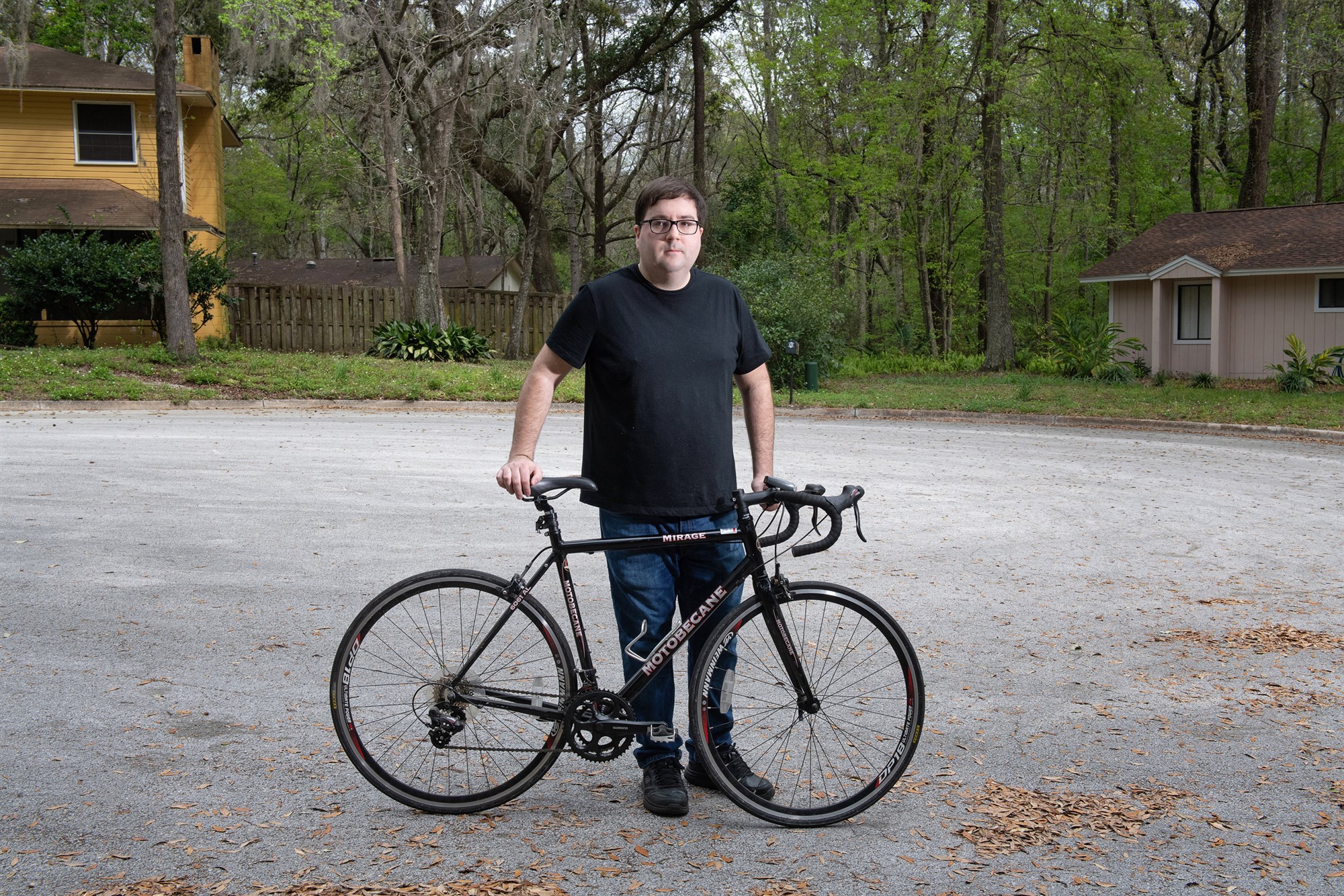Some of my most harrowing encounters have been with "dollar vans."
For those of you who don't live here in New York City, dollar vans typically operate in "transportation deserts" that are far from subway and bus routes. While they follow more or less set routes, their itineraries or schedules are not published; rather, people usually learn of them by word of mouth.
Dollar vans are said to have begun during the 1980 transit strike. At that time, the New York City transit fare was 50 cents; after the strike, it climbed to 60 cents (and to 75 cents a year later, now it's $2.75). The vans operated all over the city, as they would during the 2005 transit workers' walkout. Between those labor actions, and since then, the vans have served mainly the aforementioned "deserts".
This might sound good, even though the ride now costs $2.00, but the problem is that these vans are not as regulated as taxis or even Uber-type car services are in New York. So, if you take a dollar van, you run a greater risk of riding in an unsafe (not to mention unsanitary) vehicle. Also, because there is so little regulation, drivers tend to be more aggressive and sometimes get into fights with each other over passengers and routes. Plus, more than one accident investigation has revealed that the driver of a dollar van had a suspended drivers' license--or no drivers' license at all. And no insurance.
Finally, at least in my experience, dollar van drivers' aggression toward each other is, too often, transferred to anyone and anything else they encounter on the road. It's not uncommon for them to cut off other drivers, or to drive at pedestrians or cyclists who have the right of way. I think the only reason dollar van drivers don't hit more cyclists than they do is that, well, there aren't as many cyclists in the neighborhoods where they operate as, ironically, in the more transportation-rich areas.
I was reminded of what I've just described yesterday, when I heard about a woman on a bicycle who was struck by a dollar van at Flatbush Avenue and Avenue U, in a decidedly un-hipster neighborhood of Brooklyn.
The driver thought he was going to get away with it when he leapt from his car and began to run. Fortunately, though, a bunch of people who just happened to be there tackled the guy.
I hope the woman recovers. Last I heard, she was in "serious but stable" condition and faces losing a leg.
For those of you who don't live here in New York City, dollar vans typically operate in "transportation deserts" that are far from subway and bus routes. While they follow more or less set routes, their itineraries or schedules are not published; rather, people usually learn of them by word of mouth.
Dollar vans are said to have begun during the 1980 transit strike. At that time, the New York City transit fare was 50 cents; after the strike, it climbed to 60 cents (and to 75 cents a year later, now it's $2.75). The vans operated all over the city, as they would during the 2005 transit workers' walkout. Between those labor actions, and since then, the vans have served mainly the aforementioned "deserts".
This might sound good, even though the ride now costs $2.00, but the problem is that these vans are not as regulated as taxis or even Uber-type car services are in New York. So, if you take a dollar van, you run a greater risk of riding in an unsafe (not to mention unsanitary) vehicle. Also, because there is so little regulation, drivers tend to be more aggressive and sometimes get into fights with each other over passengers and routes. Plus, more than one accident investigation has revealed that the driver of a dollar van had a suspended drivers' license--or no drivers' license at all. And no insurance.
Finally, at least in my experience, dollar van drivers' aggression toward each other is, too often, transferred to anyone and anything else they encounter on the road. It's not uncommon for them to cut off other drivers, or to drive at pedestrians or cyclists who have the right of way. I think the only reason dollar van drivers don't hit more cyclists than they do is that, well, there aren't as many cyclists in the neighborhoods where they operate as, ironically, in the more transportation-rich areas.
I was reminded of what I've just described yesterday, when I heard about a woman on a bicycle who was struck by a dollar van at Flatbush Avenue and Avenue U, in a decidedly un-hipster neighborhood of Brooklyn.
The driver thought he was going to get away with it when he leapt from his car and began to run. Fortunately, though, a bunch of people who just happened to be there tackled the guy.
I hope the woman recovers. Last I heard, she was in "serious but stable" condition and faces losing a leg.

